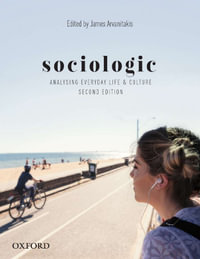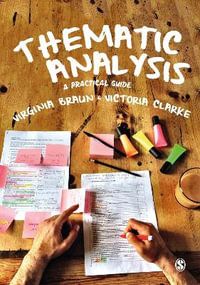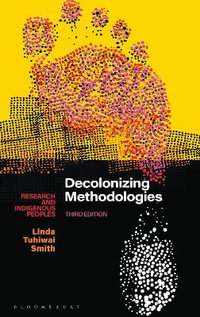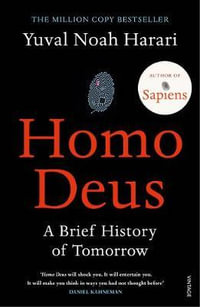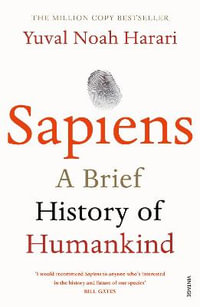| List of figures and tables | p. viii |
| Preface | p. ix |
| Acknowledgments | p. xxi |
| Writing and the Alphabet | p. 1 |
| The historical development of writing | p. 3 |
| Writing and design | p. 3 |
| Proto-writing | p. 8 |
| Early writing systems | p. 18 |
| Logographic writing | p. 29 |
| The development of phonetic transcription | p. 37 |
| The alphabet | p. 40 |
| The unity and diversity of alphabets | p. 49 |
| The implications of graphic systems | p. 53 |
| The Influence of Early Forms of Writing | p. 57 |
| Literacy and achievement in the Ancient World | p. 59 |
| Africa, Greece and oral poetry | p. 78 |
| Memory and verbatim memory | p. 86 |
| Oral composition and oral transmission | p. 91 |
| Heroic societies and the epic | p. 96 |
| Oral composition and oral transmission: the case of the Vedas | p. 110 |
| Written and Oral Cultures in West Africa | p. 123 |
| The impact of Islamic writing on oral cultures | p. 125 |
| Oral recitations | p. 127 |
| Writing and magico-religious activity | p. 129 |
| Time and space | p. 132 |
| Literacy and the non-literate: the impact of European schooling | p. 139 |
| Postscript | p. 147 |
| Alternative paths to knowledge in oral and literate cultures | p. 148 |
| Traditional knowledge among the LoDagaa | p. 149 |
| The growth of knowledge | p. 155 |
| Three modes of acquiring knowledge | p. 156 |
| Literacy | p. 157 |
| Two paths to knowledge as social control | p. 161 |
| Conclusions | p. 164 |
| Memory and learning in oral and literate cultures: the reproduction of the Bagre | p. 167 |
| Memory and the Bagre | p. 167 |
| Verbatim memory in oral cultures | p. 174 |
| Schools and memory | p. 182 |
| Conclusion | p. 189 |
| Writing and formal operations: a case study among the Vai (with Michale Cole and Sylvia Scribner) | p. 191 |
| The writings of Ansumana Sonie | p. 196 |
| Writing and its Impact on Individuals in Society | p. 209 |
| The interface between the sociological and psychological analysis of literacy | p. 211 |
| Achievement in the Vai script | p. 211 |
| Vygotsky and the psychological analysis of Vai literacy | p. 214 |
| Varieties of script and varieties of tradition | p. 217 |
| Logic and logical reasoning | p. 219 |
| Mediated and unmediated implications | p. 221 |
| Literacy effects in the Vai study | p. 223 |
| The shift from abilities to skills | p. 226 |
| Memory and writing | p. 234 |
| Schools | p. 236 |
| The experimental method | p. 244 |
| Culture and cognition | p. 245 |
| Abilities, capacities and skills | p. 246 |
| Cultural resources and individual attainment | p. 251 |
| Psychological texts and practical action | p. 252 |
| The internal-external problem | p. 253 |
| Language and writing | p. 258 |
| Linguists and the written language | p. 261 |
| Three dimensions of the written and the spoken | p. 262 |
| The written and spoken registers compared | p. 263 |
| Grammar and rules | p. 265 |
| Individual performance in the two registers | p. 266 |
| Divergences between the written and oral registers | p. 270 |
| Cross-word puzzles | p. 272 |
| Other grapho-linguistic techniques of cognitive operation | p. 274 |
| Lists and categories | p. 275 |
| The empty-box | p. 275 |
| Reordering information | p. 276 |
| Arithmetical operations | p. 277 |
| The syllogism | p. 278 |
| Writing and diglossia | p. 279 |
| Class and register | p. 283 |
| Recapitulations | p. 290 |
| Notes | p. 301 |
| Bibliography | p. 306 |
| Index | p. 321 |
| Table of Contents provided by Syndetics. All Rights Reserved. |





